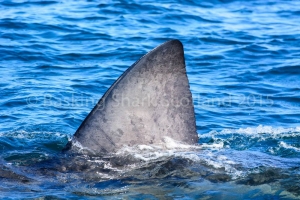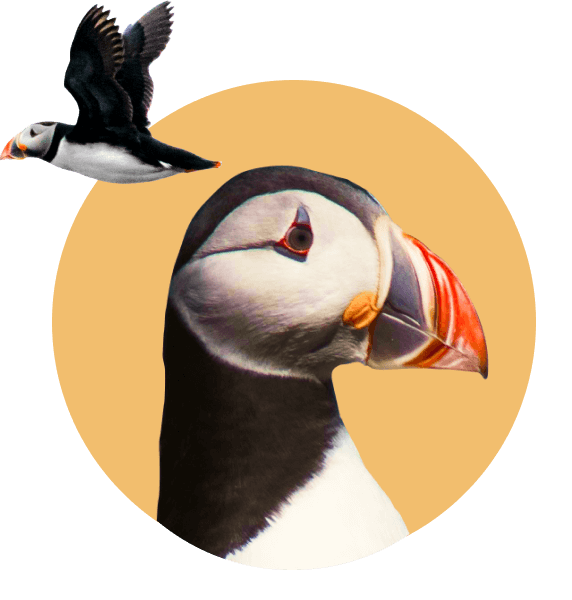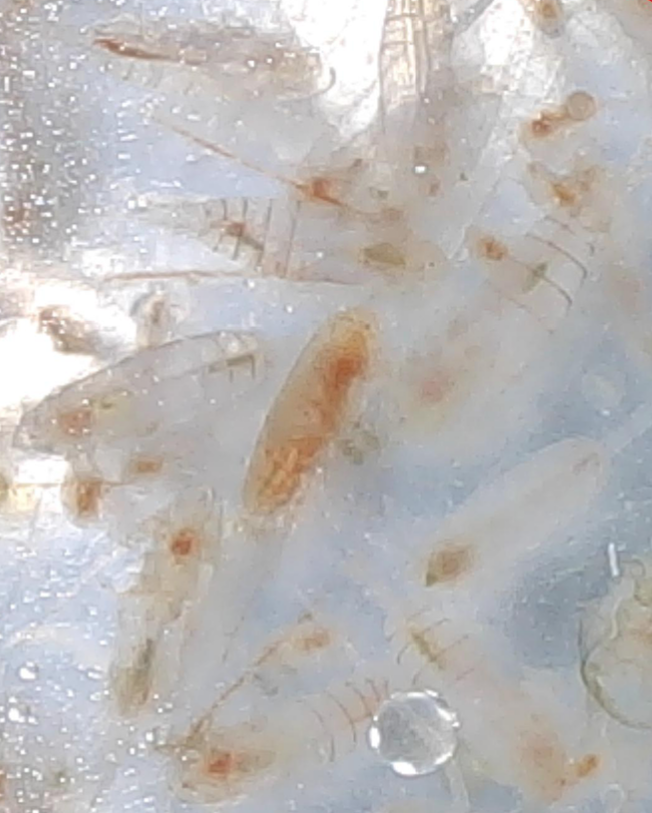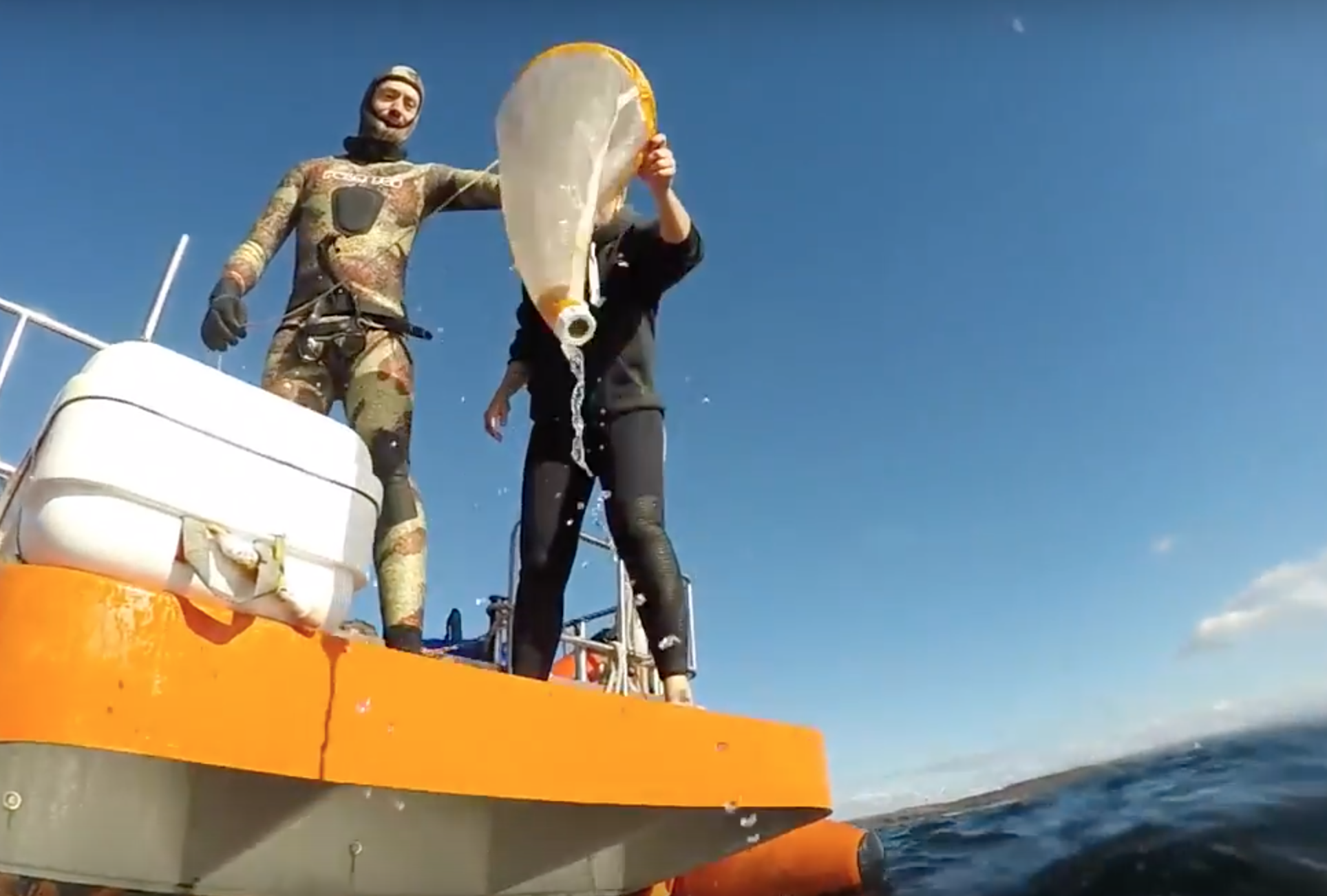
Basking Shark Marine Plastic Study
Feb 12 2018

The increase of plastic being introduced into our oceans has increased at an alarming rate. From plastic bottles and containers washing up on beaches to microscopic plastics entering the food chain from broken-down plastic pieces or microfibres from laundry wastewater.
At Basking Shark Scotland, we spend a lot of time on the water in the North Atlantic and especially around areas of tidal convergence. These areas are where zooplankton is concentrated (aka basking shark food) but this also means we see a lot of the associated plastic flotsam. Through our science programme we have been studying the relationship between basking sharks and zooplankton along with trialling looking at the plastic constituents of these areas of concentrated plankton.
Basking sharks feed using their unique anatomy called gill rakers, which are large brush-like filters that lie in their mouth near the gill slits. These rakers trap the zooplankton as the water passes through the gills. However, our concern is that zooplankton, being microscopic, can be very similar to microplastics and that basking sharks could be ingesting these plastics at the same time as the zooplankton.
We have very few stranded/dead basking sharks so we can’t gain any knowledge from the remains of stomach contents. However, we worry that plastics could be accumulating within the stomachs of sharks, blocking the nutrition they gain from eating the plankton or having toxic effects on them. The plastics even could be blocking parts of the gill rakers making them feed less efficiently. It may be that the plastics take many years for any effects to manifest but we there hasn’t been any work done on this yet. During the summer months, we have a seasonal breeding aggregation of sharks and the numbers show this is the biggest aggregation in the whole world. We must look after the environment sharks spend their summers in.
We simply don’t know how much plastic is contained within these plankton zones and how much the sharks could be ingesting or if it could be a problem for them. To get an initial idea we will be continuing with our trials this coming summer season. Our Autumn research programme has seen us trial a study of basking sharks feeding on zooplankton to gain quantitative estimates of the abundance of how much the sharks are eating vs areas where they are not. We can use a similar methodology to sample the area where the sharks are feedings to then measure how much plastics are contained in these samples. We can then use this data to extrapolate out how much the basking sharks could be eating. This could provide a very important baseline to see how much of a problem this could be.
See here for a video taken within a zooplankton & lion mane jellyfish slick, that contained a lot of debris and broken-down plastic to give you an idea. At the estimated feeding rate in this area, with the concentration of plastic sampled, basking sharks could ingest 440g/plastic/hr.
Our study is lucky that we can capture this data whilst conducting our basking shark tours so essentially a highly expensive part of the study is hosted by ecotourism. However, we do have some additional costs with additional sampling and lab equipment, along with the expenses of some volunteers to assist with working up the samples and data. All our staff have marine science qualifications so we produce all the information and associated writes up in-house as part of our committed science programme. The big BUT is that we gain no funding for any of the science work we do. Everything is funded by us running a tourism operation. In some ways, this is great as we can spend so long in the field, but it does mean we have to fund everything off our own back, which means a lot of the time we simply can’t afford to do the work despite having all the opportunity to achieve it.





